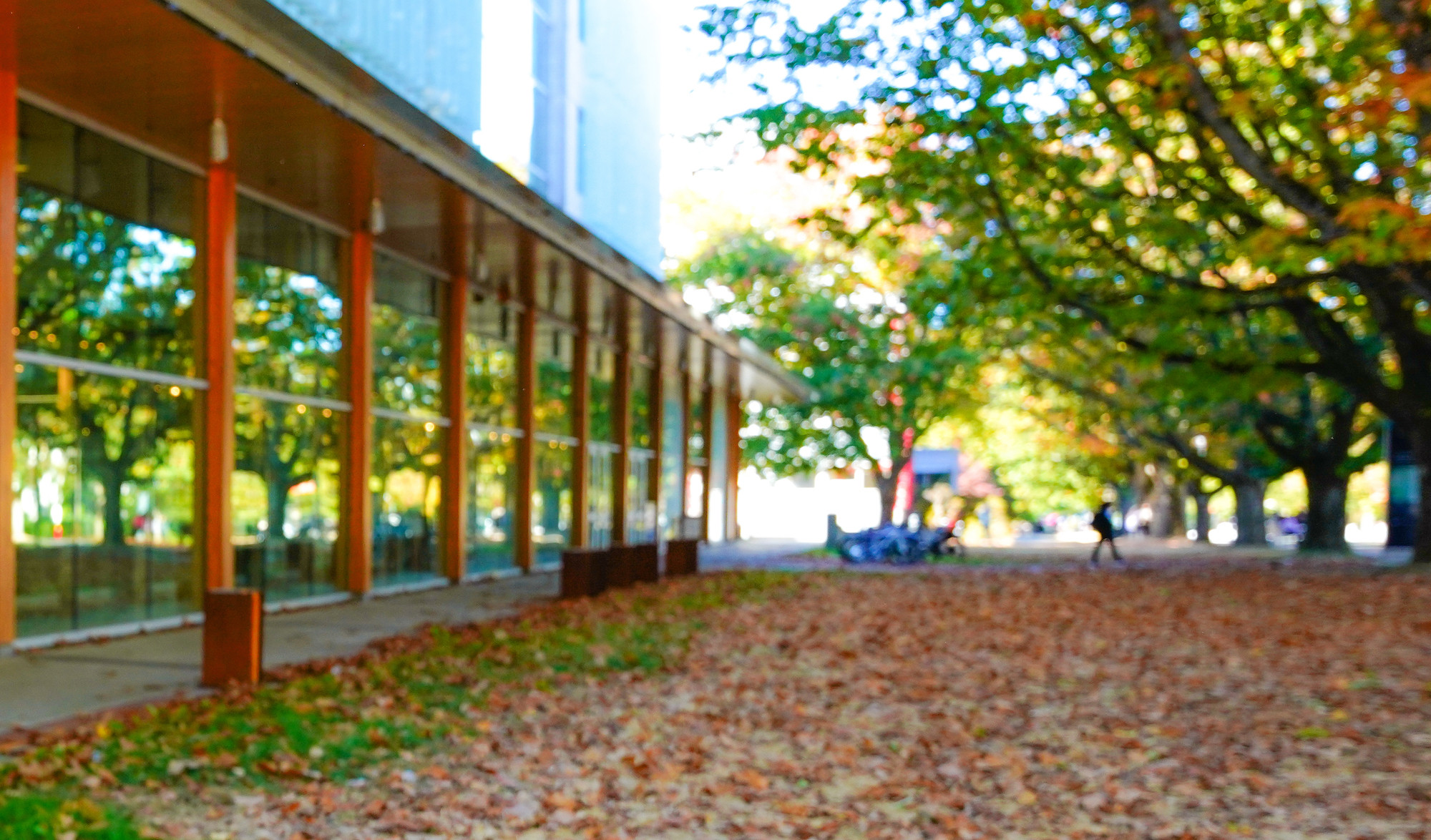Research
As a retired (Emeritus) Professor of Oceanography my interests continue to reflect earlier work on understanding the interactions between oceans and plankton. The diverse nature of the British Columbia coast, with its many inlets and varied hydrographic conditions, is an ideal place for this research. From a biological standpoint, the multidisciplinary studies focus on the fact that the occurrence of a reproducing population of zooplankton is a result not only of initial dispersal and survival but also satisfactory water properties, food conditions and predator numbers. Dispersal occurs because plankton are transported by movement of the water in which they live. Seasonal and multiyear hydrographic changes link with seasonal and long term changes in plankton species and abundance to effect the species variability found in coastal waters. This variability is moderated by both morphological and physiological characteristics of dispersing organisms combined with adaptations that occur or have occurred during their evolution. Changes in plankton distribution and abundance thus need to be related to the nature of the organism as well as changes in hydrographic and biogeochemical characteristics of the environment. Many years ago I became interested in the functional morphology of copepods or how they make a living with the equipment that they have. This interest has become of paramount importance since retirement as I now have the time to examine copepod appendages, processes and mouth parts in order to better understand their ability to escape predators, capture prey or restrict themselves to specific localities or food types. These characteristics, when combined with distribution patterns, provide information on the dynamics of copepod populations and their roles in food webs.
Research Areas
- Oceanography
